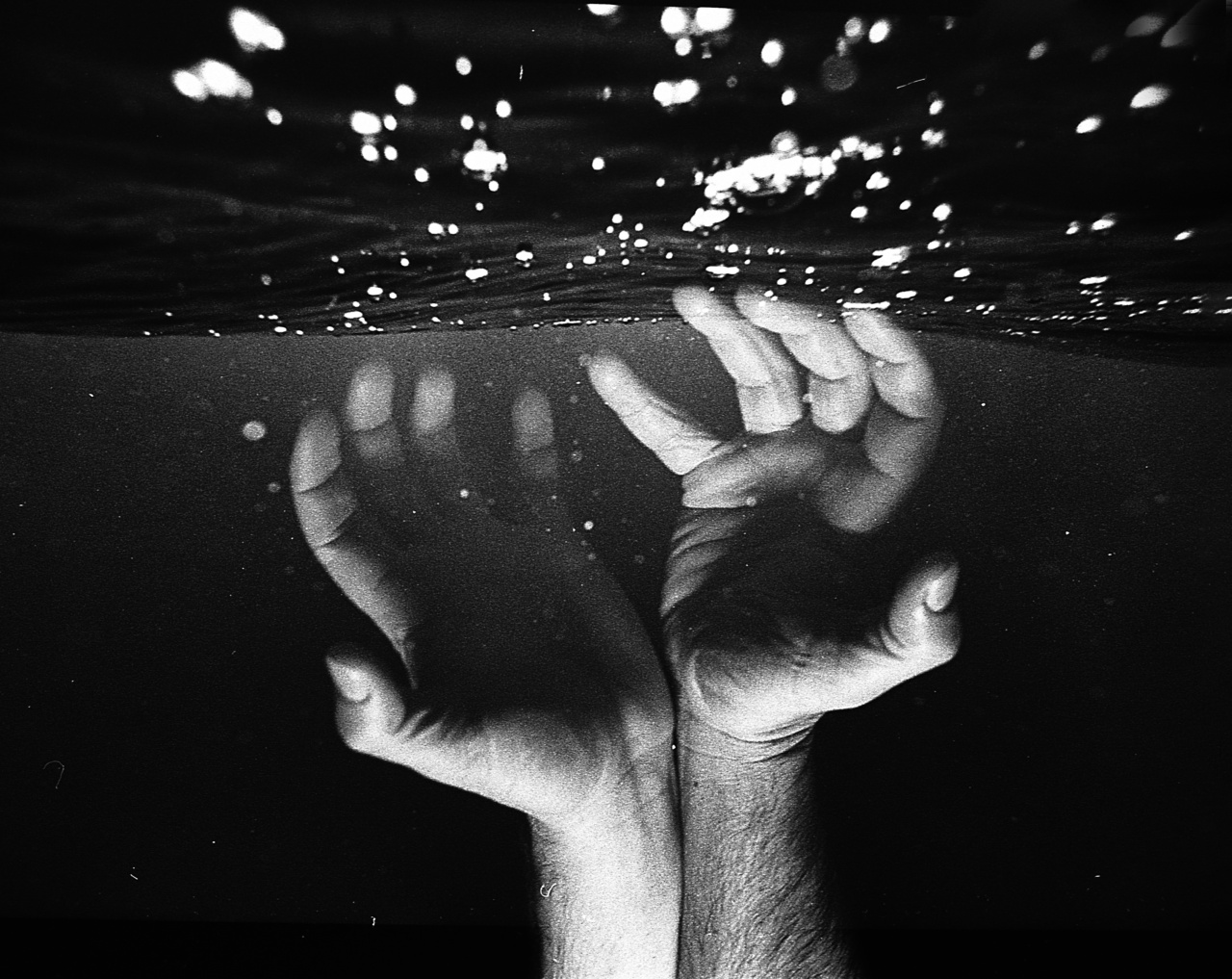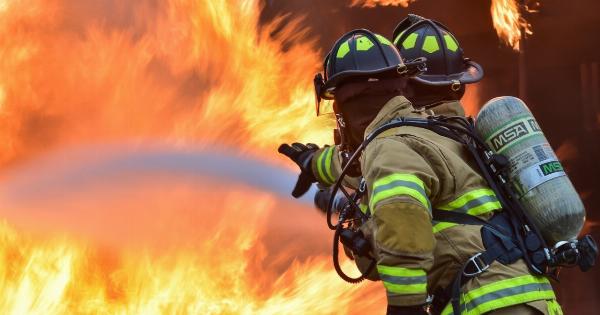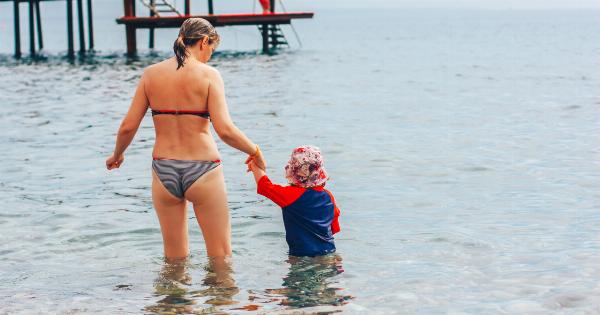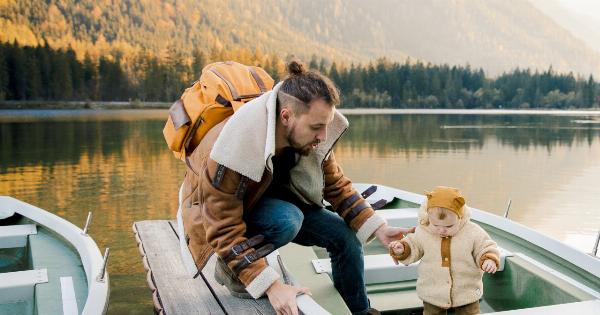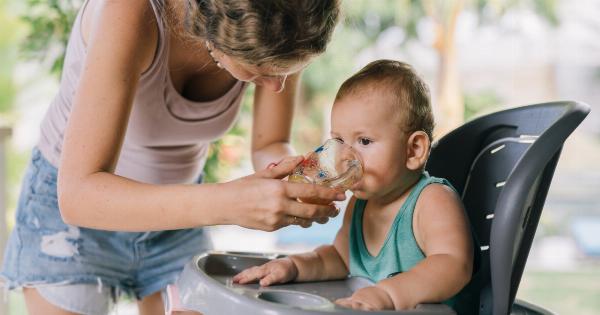Drowning is a leading cause of accidental death worldwide, and every year the death toll continues to rise.
According to the World Health Organization, drowning claims an estimated 320,000 lives annually, with children and adolescents accounting for nearly half of all deaths. However, drowning is a preventable tragedy. With the right knowledge and precautions, we can all stay safe in and around water. This is where SafeSwim comes in.
SafeSwim is dedicated to keeping you protected from drowning by providing practical safety tips and resources.
The Basics of Drowning Prevention
The first step in drowning prevention is understanding the basics. Drowning occurs when a person’s airway is blocked by water and they are unable to breathe. There are several factors that can contribute to drowning, including:.
- Lack of swimming ability or experience
- Unfamiliarity with water and swimming-related hazards
- Using drugs or alcohol while swimming
- Underlying medical conditions or seizures
- Unsafe swimming conditions such as currents, waves, or riptides
To prevent drowning, it is important to follow basic safety rules such as:.
- Swim with a buddy
- Wear a life jacket
- Learn to swim
- Stay within your ability level
- Obey signs and warnings posted near the water
Swimming Pool Safety
Swimming pools are a common place for drowning to occur, and it is estimated that nearly 400 children under the age of 15 drown in swimming pools each year. Here are some safety tips to keep in mind when swimming in a pool:.
- Never leave a child unattended in or near a pool
- Teach children to swim at an early age
- Install barriers such as fences or covers around the pool
- Keep toys and other objects away from the pool when not in use
- Enforce pool rules such as no running or diving in the shallow end
Open Water Safety
Open water such as lakes, rivers, or oceans pose a unique set of hazards that can increase the risk of drowning. Here are some tips for staying safe in open water:.
- Never swim alone
- Stay in designated swimming areas
- Be aware of underwater hazards such as rocks or plants
- Stay out of the water during thunderstorms or other inclement weather
- Wear a lifejacket while boating or participating in other water activities
Emergency Preparedness
Even with the best precautions, accidents can still happen. It is important to be prepared and know what to do in case of an emergency. Here are some basic emergency preparedness tips:.
- Learn CPR and first aid
- Keep a phone and emergency contacts nearby
- Have a flotation device nearby
- Be familiar with the signs of drowning such as gasping for air or flailing arms
- Call for professional help if necessary
Conclusion
While drowning is a serious and sometimes tragic event, it can be prevented with the right knowledge and precautions. SafeSwim is committed to providing the resources you need to stay safe in and around water.
Remember, drowning is preventable, and by following basic safety rules and being prepared for emergencies, we can all enjoy the water without fear.
